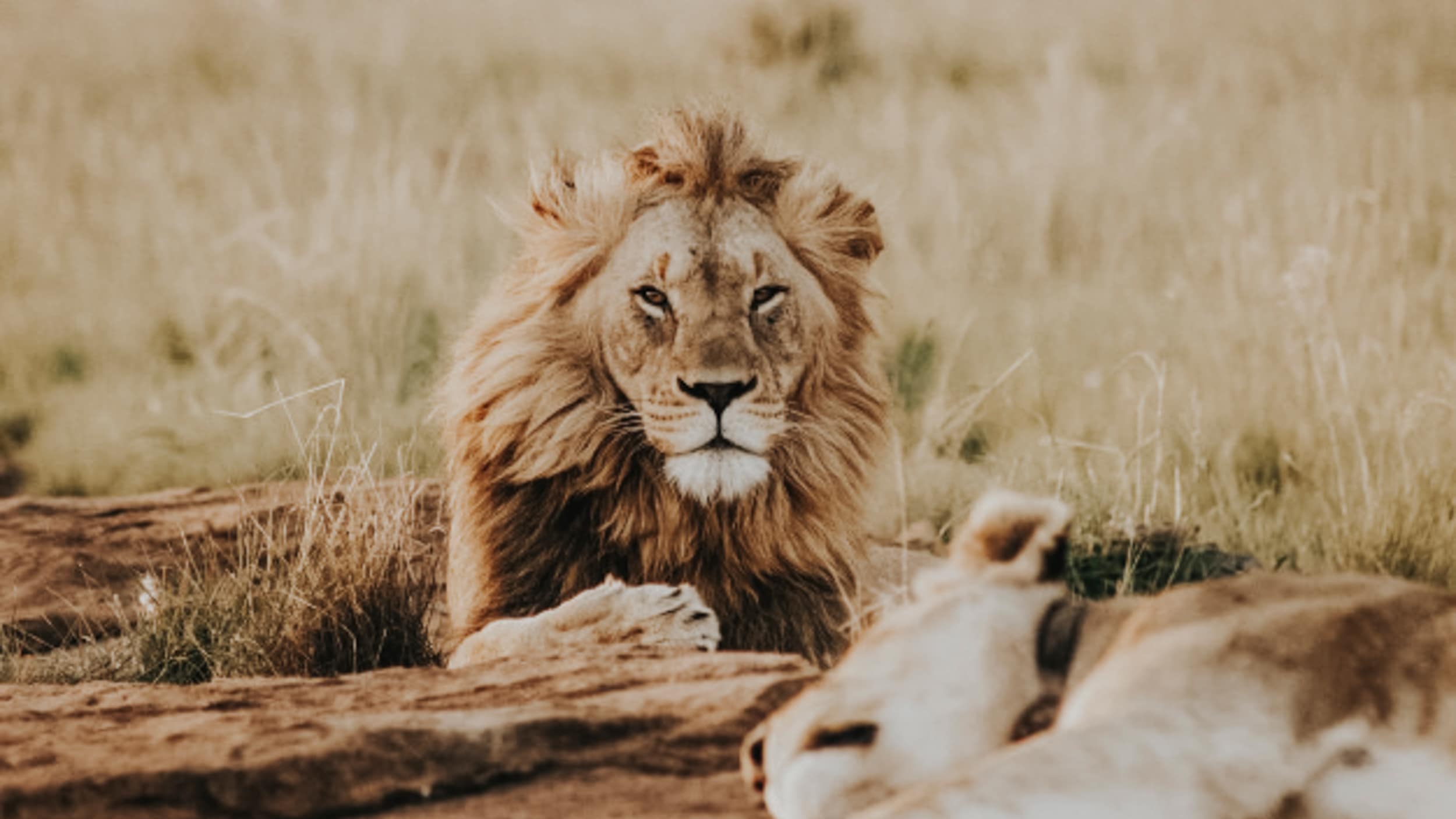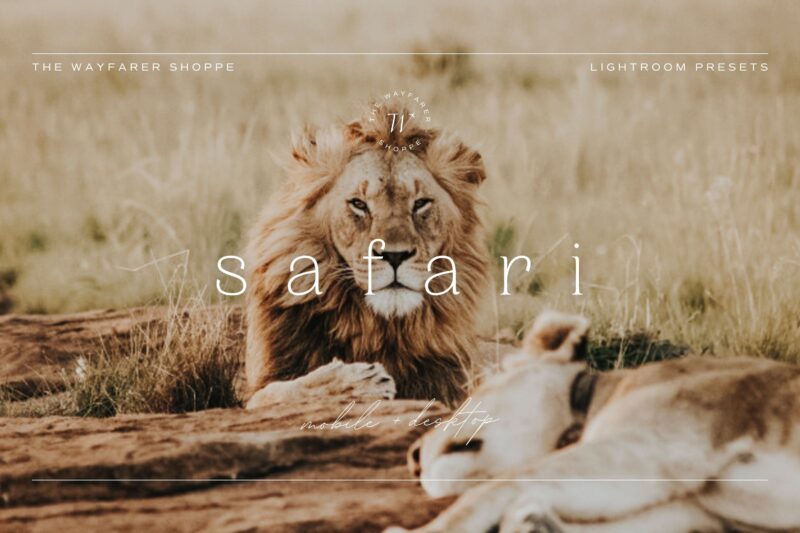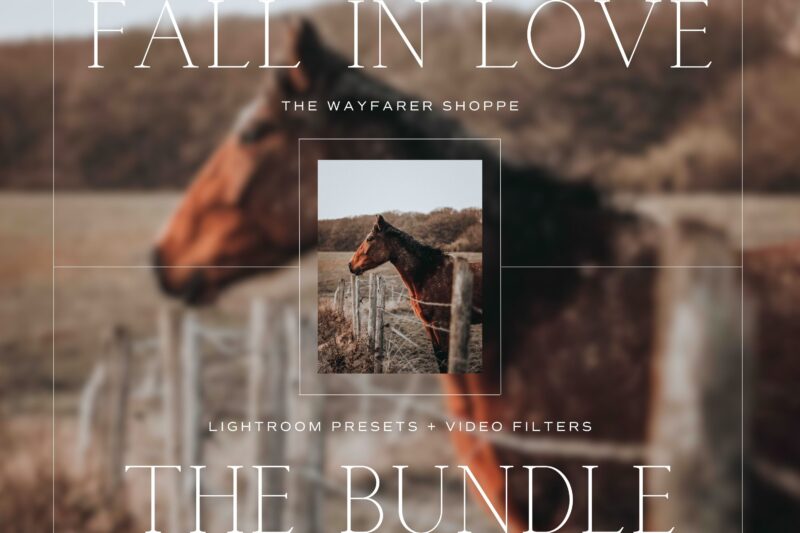Wildlife photography is a thrilling pursuit, allowing photographers to immerse themselves in the natural world and capture stunning images of animals in their habitats. It requires patience, skill, and a deep respect for nature. Whether you’re a novice or a seasoned photographer, here are some essential tips to elevate your wildlife photography game.
Table of Contents
Know Your Subject
Understanding the behavior, habitat, and characteristics of your subject is crucial in wildlife photography. Researching the animals you wish to photograph will help you anticipate their actions and position yourself for the best shots.
- Study Animal Behavior: Learn about the feeding habits, mating rituals, and migration patterns of your subjects. For example, knowing when a bird species typically feeds can help you plan your shoot for when they are most active.
- Habitat Knowledge: Familiarize yourself with the environments where your subjects live. This includes understanding the type of terrain, vegetation, and climate they prefer.
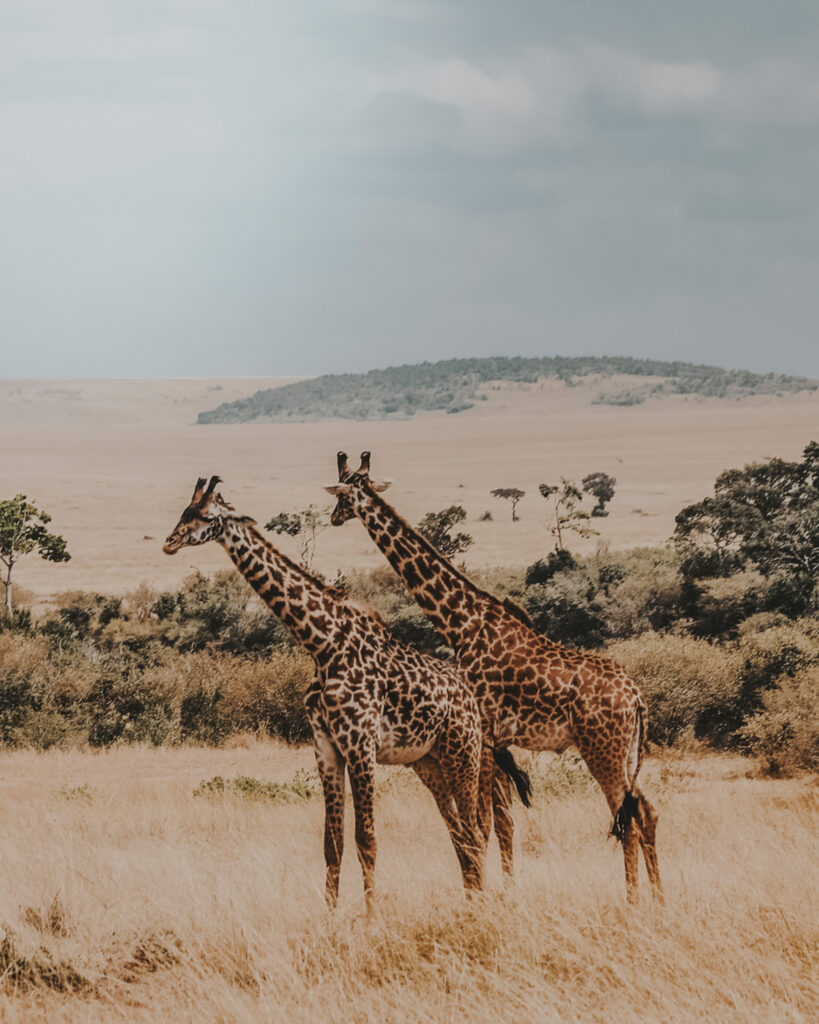
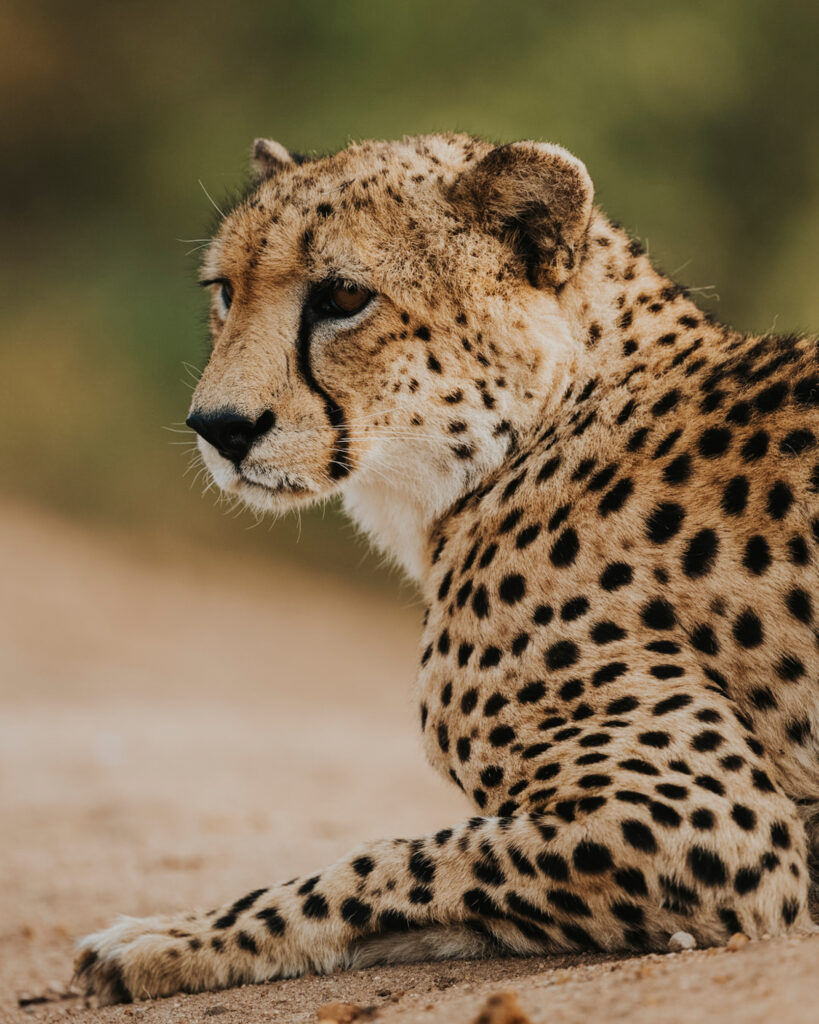
Gear Up Appropriately
Having the right equipment can make a significant difference in wildlife photography. While you don’t need the most expensive gear, certain essentials are non-negotiable.
- Camera: A DSLR or mirrorless camera with fast autofocus and high frame rates is ideal. Full-frame sensors often perform better in low light, which is common in wildlife photography.
- Lenses: Telephoto lenses (300mm or longer) are essential for capturing distant subjects without disturbing them. Consider a zoom lens for versatility or a prime lens for sharper images.
- Tripod: A sturdy tripod is crucial for stability, especially when using long lenses. Look for one that’s lightweight and easy to carry.
- Accessories: Extra batteries, memory cards, and protective gear like rain covers are essential for extended shoots in the wild.
Master Camera Settings
Understanding and mastering your camera settings is fundamental in wildlife photography. Here are some key settings to focus on:
- Shutter Speed: Fast shutter speeds (1/1000s or faster) are necessary to freeze motion and capture sharp images of moving animals.
- Aperture: Use a wide aperture (f/2.8 – f/5.6) to achieve a shallow depth of field, which helps isolate the subject from the background and create a pleasing bokeh effect.
- ISO: Adjust the ISO to ensure proper exposure in varying lighting conditions. Higher ISO settings might be necessary in low light, but be mindful of noise.
- Continuous Shooting Mode: Use burst mode to take multiple shots in quick succession, increasing your chances of capturing the perfect moment.
- Autofocus Mode: Continuous autofocus (AI-Servo or AF-C) is essential for tracking moving subjects.
Patience and Persistence
Wildlife photography often involves long hours of waiting and observing. Patience and persistence are key to capturing those fleeting moments.
- Blend In: Wear neutral clothing that blends with the environment and minimize movements to avoid startling animals.
- Silent Mode: Use your camera’s silent mode if available, to reduce noise and avoid scaring away your subjects.
- Stay Still: Sometimes, staying in one spot for extended periods can yield better results than moving around frequently. Animals are more likely to approach if they don’t perceive you as a threat.
Composition Techniques
Great wildlife photographs are not just about the subject but also how it is framed. Employing effective composition techniques can elevate your images from good to stunning.
- Rule of Thirds: Position your subject off-center to create a more balanced and interesting composition. Imagine a grid dividing the frame into nine equal parts and place your subject along these lines or at their intersections.
- Leading Lines: Use natural lines such as branches, paths, or water bodies to lead the viewer’s eye towards the subject.
- Background: Pay attention to the background to ensure it complements the subject. A cluttered or distracting background can take away from the impact of the image.
- Eye Level: Shooting at the animal’s eye level creates a more intimate and engaging perspective.
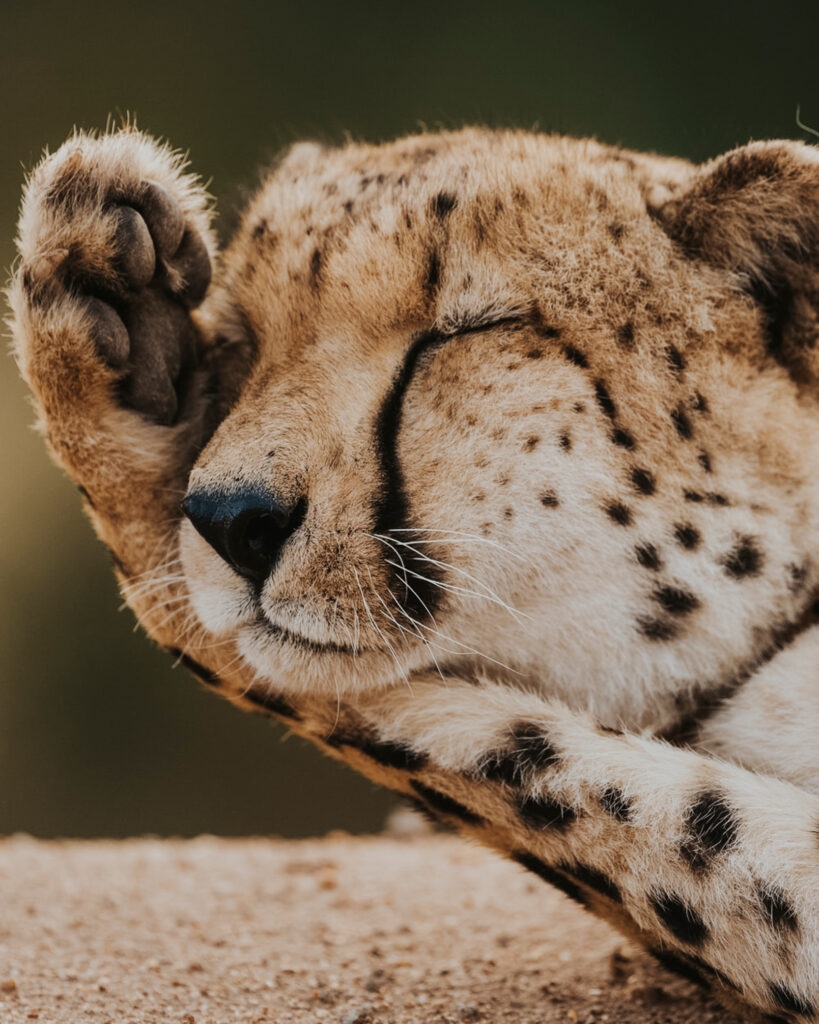
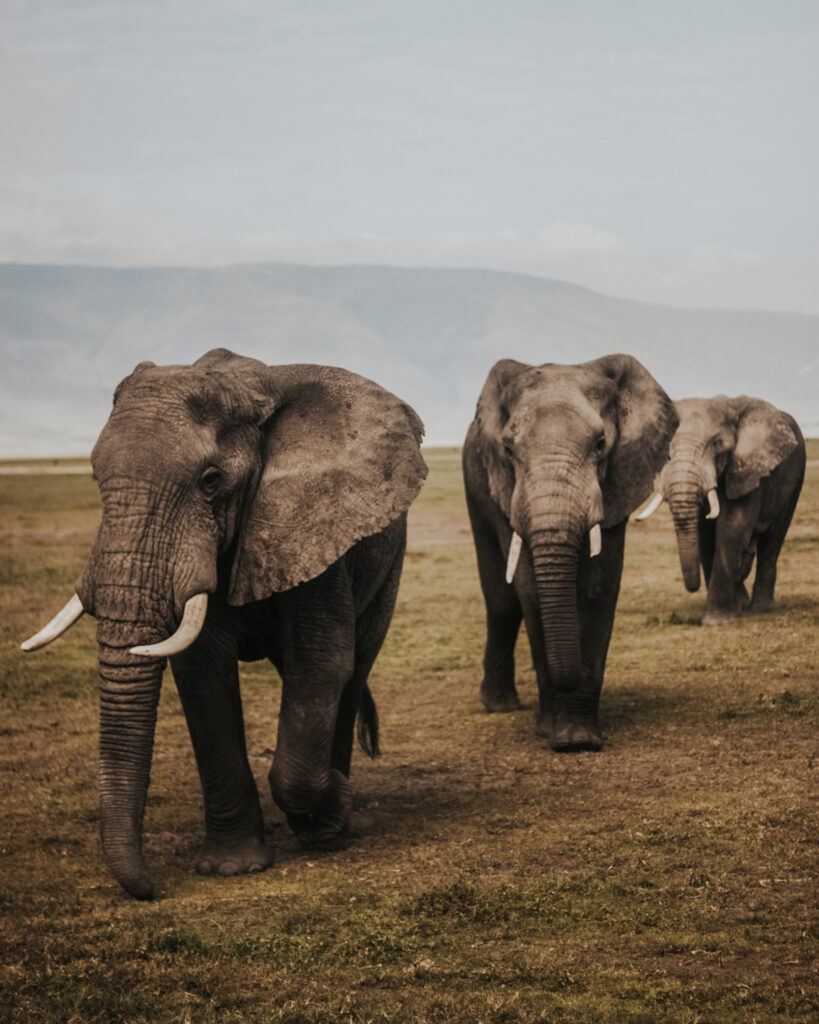
Lighting Considerations
Natural light plays a crucial role in wildlife photography. Understanding how to use it to your advantage can transform your images.
- Golden Hours: The best light for wildlife photography is during the golden hours (early morning and late afternoon). The soft, warm light during these times enhances colors and adds a magical quality to your photos.
- Backlighting: Experiment with backlighting to create dramatic silhouettes or to highlight the contours and textures of your subject.
- Overcast Days: Don’t be discouraged by cloudy days. The diffused light can eliminate harsh shadows and create a soft, even illumination.
Respect Wildlife and Ethical Practices
Ethical behavior is paramount in wildlife photography. Your actions should never harm or stress the animals or their habitats.
- Maintain Distance: Always keep a safe distance from wildlife. Use a telephoto lens to avoid getting too close.
- No Baiting: Do not use food or other lures to attract animals. It can disrupt their natural behavior and put them at risk.
- Leave No Trace: Follow the “leave no trace” principles by not disturbing the environment. Take all your trash with you and avoid trampling vegetation.
- Respect Laws and Guidelines: Adhere to local wildlife protection laws and guidelines. Obtain necessary permits if required.
Post-Processing Techniques
Post-processing is an essential part of wildlife photography, allowing you to enhance your images and bring out their full potential.
- Crop Wisely: Crop your images to improve composition and eliminate distractions, but avoid over-cropping, which can reduce image quality.
- Adjust Exposure: Fine-tune the exposure to ensure the image is well-lit. Adjust highlights, shadows, and contrast to add depth.
- Color Correction: Enhance colors to make the subject stand out, but be careful not to overdo it and lose the natural look.
- Noise Reduction: Use noise reduction tools to minimize grain, especially in images taken at high ISO settings.
Continuous Learning and Inspiration
Wildlife photography is an ever-evolving field. Continuously seek inspiration and learning opportunities to improve your skills.
- Workshops and Courses: Attend photography workshops and courses, both online and in person, to learn new techniques and gain insights from professionals.
- Join Photography Communities: Engage with photography communities and forums to share your work, get feedback, and learn from other photographers.
- Follow Wildlife Photographers: Follow renowned wildlife photographers on social media and study their work to understand their techniques and style.
Safety Precautions
While capturing the beauty of wildlife, ensure your safety and the safety of others.
- Be Aware of Your Surroundings: Always be mindful of your surroundings and the potential dangers in the wild, such as hazardous terrain or dangerous animals.
- First Aid Kit: Carry a basic first aid kit for emergencies.
- Communication Device: Have a reliable means of communication, like a mobile phone or satellite device, especially in remote areas.
- Inform Someone: Let someone know your plans and expected return time when heading out for a shoot.
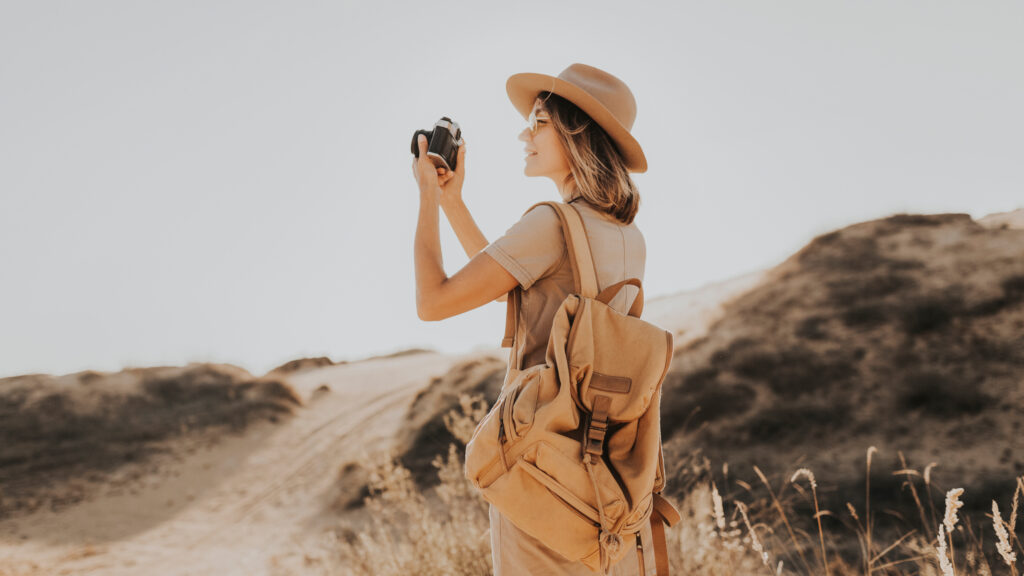
Final Thoughts
Wildlife photography is a rewarding endeavor that allows you to connect with nature and capture its wonders. By equipping yourself with the right knowledge, skills, and ethical practices, you can create stunning images that not only showcase the beauty of wildlife but also promote conservation efforts. Embrace the challenges, enjoy the process, and let your passion for wildlife photography shine through your work.
Images edited with our Safari Collection.
